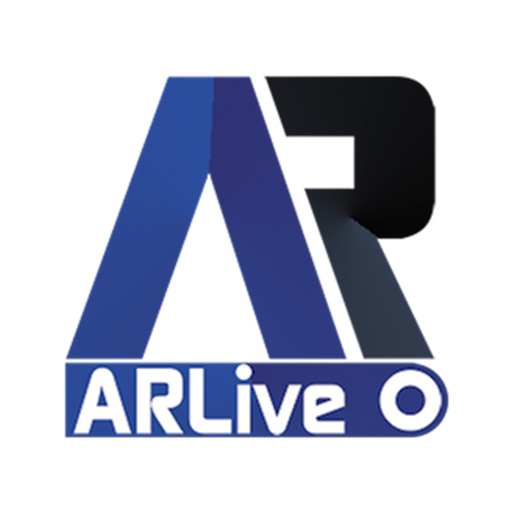
MARKERLESS AR
Markerless augmented reality does not need special image recognition and scanning to produce visual effects. This technology uses a mobile phone camera, positioning software and accelerometer to detect positional information, including the orientation of various objects and the space between them, and calls simultaneous positioning and mapping (SLAM) to interpret the surrounding three-dimensional environment. The AR content is then displayed inside the real space and can be viewed from any position or angle.
Types of augmented reality without markers
This type of AR allows 3D objects to be placed in the real image environment by examining the features in the data in real time. This type of AR is divided into 4 categories, which are:
1. Location-Based Augmented Reality: Location-based AR does not require any indication of an image or object because it can pair real-time data with the current location. In this case, it is possible for the user to move freely in the environment of a certain area where a fixed projector and a tracking camera are placed.
2. Projection-based augmented reality: a method based on the presentation of digital data in a fixed context. In fact, it focuses on rendering virtual 3D objects in the user’s physical space.
3. Overlay-based Augmented Reality: In this case, such a view of a target object is provided with the option of displaying relevant and additional information about that object. AR without an overlay marker can replace an object with an enhanced virtual image of the same object, which It is complemented by multiple visual perspectives. The product configuration tool allows users to change the color of the 3D product model as well as its layout. This allows customers to customize its visual appearance and then place it in their room to see how it fits in their space. For example, we can refer to the augmented reality of Ikea to display furniture or Rasan faucets to display faucets.
4. Contour-based Augmented Reality: In this technology, special cameras are used for the human eye in certain conditions. For example, in car navigation systems, this technology is used for safe driving in low visibility conditions. In contour-based augmented reality (or augmented reality drawing), SLAM is used to draw the view of objects and simulate a real human interaction. For example, it may be used to develop a safe driving software at night, dimly lit roads, heavy rains and other low visibility situations.
